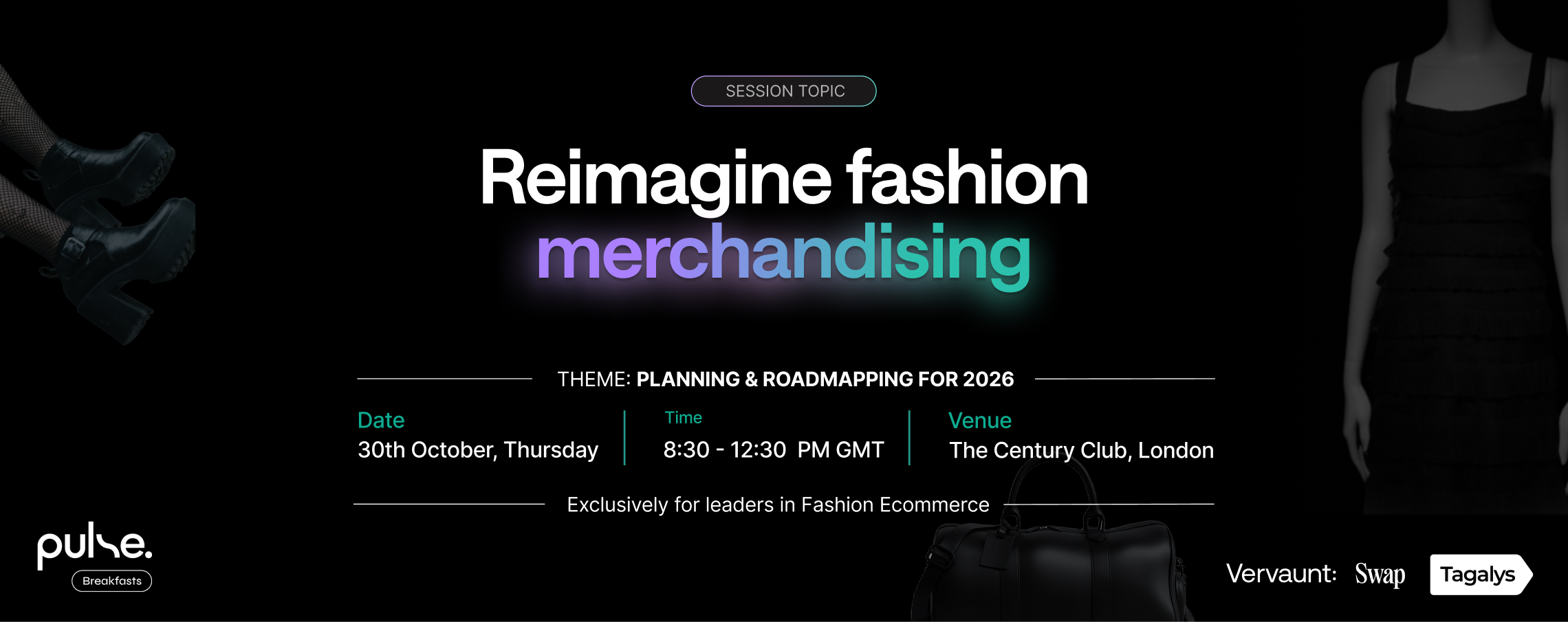All your efforts in creating the perfect eCommerce site and promoting it through ads, social media, and SEO, they all ultimately lead the customer to your product. The aim of the game is to get them to buy!
While everything else works in driving traffic to your website, it can be fruitless if you aren’t able to convince them to make a purchase. So while listings and promotions play an important role, the onus finally falls on the product page.
Now there are a lot of suggestions out there but they’re more or less the same ideas. We know the basics of product page optimizations - use high-quality images, including more than just one picture, add detailed product descriptions and customer reviews. But even after all this, if you’re not seeing conversions, then you need to step it up and improve your product pages.
After reviewing what works for our customers, we’ve compiled a list of recommended tips:
1) A bold and clear call to action
The product has to take the spotlight, but your call to action should come next. It should be clear and visible right upfront. If a customer has to scroll to see “Add to Cart” or “Buy Now”, you could stand to lose out on purchases.
Another thing to bear in mind is knowing where to be creative and where to be straightforward. We know customers just want to buy the product, so simple wording in a legible font works. Adding a CTA “Be special today” to buy flowers can make the customer’s experience unnecessarily complicated. Save the personal touches for other aspects.
An example of a good CTA is illustrated in the image below - a product page. The call to action is a simple “Add to Bag” and prominent. It’s at the top of the page and doesn’t require the customer to scroll.

2) Add bonus benefits
Taking the same example as above, the additional perks such as free shipping and free returns is clearly indicated right under the CTA. This draws the attention of the user and answers the important questions they have in mind:
- How much is shipping going to cost?
- What if it’s not satisfactory? Can I return it?
A study revealed that 9 out of 10 consumers feel that free shipping is the number one incentive when it comes to online shopping. So it needs to be highlighted if you do offer it.
3) Take care of mobile users
Google has been harping on websites being mobile-friendly for a long time now. And rightfully so! Currently, 60% of visitors access your store on their mobiles first. But it’s not just about having a mobile presence, you also have to ensure the user has a great experience. 40% of shoppers will go to a competitor after a bad mobile experience.
Optimizing your product pages for mobile customers can have a positive impact on conversions. To do so, you need to consider the mobile user interface - how quickly it loads, how easy it is to navigate and how appealing the design is. Apart from this, keep in mind that the user’s screen is much smaller, so content needs to be crisp, short and convey the message quickly.
Threadless has a great mobile-friendly version. When you land on the products page, you get all the options you need neatly fit into the mobile screen.

Optimizing your product pages for mobile customers can have a positive impact on conversions as the majority of people are migrating towards shopping on their phones.
4) Take images and videos to the next level
Well, in the beginning, it was ‘use more than just one image’ to give the customer a good perception of the product. With rapid advancements and so much competition, the eCommerce space has to be innovative. There have been times where a customer may have bought a t-shirt based on an image of the front, only to realize when it arrives that the design at the back is not something they like!
Check out how Away does it with their 360-degree view along with a neat video. You’ll also notice that their call to action stays grounded while the description is movable.
Another tip here would be to show how the product can be used in real-life situations. For example, this is how Fhoca.com depicted a passport holder to show its functionality.

5) Reduce the purchase hesitations and obstacles
On your product page, it’s important to display vital information that the user needs to know. Ask all the right questions and address the main wants and desires of a customer - pricing, discounts, features, shipping, estimated date of arrival, etc.
But despite this, customers abandon carts and exit the page because they faced a hindrance. To overcome this, a support chat plays an essential role where customers can reach out and have their questions answered immediately.
You can also add links to tutorials, guides, and FAQs to help the customer address pain problems.
Wine.com has a well-optimized page that gives customers the discount available upfront. They have links to find pickup locations, contact them or chat with customer support available. They also give options to search and ship to your location.

6) Invest in product recommendations
We know that people now consume information at a very fast pace. So a visitor is not likely to sort through hundreds of items to find one that they like. When a user searches for a product, they like to be given similar options that would interest them.
Amazon runs this technique at an expert level. They display items similar to the one you searched for based on the journey of other customers. So this gives you more options to find the one that meets your requirements or desires.

Amazon also gives you options of other items you might need to buy along with the main product. In the image below, we see a trolley, covers and an extended warranty. This method of cross-selling helps increase the number of items sold and the average order value.

To do this well, you can use product recommendations from Tagalys that give merchants a variety of options to choose from. Using data APIs, merchants also have the chance to customize these recommendations to ensure it exactly matches the store's requirements.
Remember, the job isn’t done after getting traffic to your site. It’s only the beginning. Give your product pages the attention it deserves in order to see a rise in conversions. For more tips, here’s a recommended read.














.svg)
.svg)
.svg)
.svg)
.svg)
.svg)



.png)

.png)
